the shock absorbers shake on the stony road. Kids wave at us in passing. The ordeal ends on a tasteless village out of hand. On the other side of the dune, a long sand beach and some great waves that seem intended to surfers. But at the entrance of the village, signs announcing guest houses and dive centers titillate us. What does this tiny bay, northeast of Durban, hide in its depths? We get off here to discover it.
Far from the almost industrial bustle of the Coral Divers center, we opt for the Amaury Diving club. Colin, the founder, greets us and we make an appointment for tomorrow morning on the beach.
The inflatable boats lie on the beach and a crowd fidgets around. Big tractors push them onto the water. Dive briefing. Armed with a mask and a tank we hop on the boat. The skipper avoids the breaking waves before dashing towards the dive spot.
We slowly sink into the big blue. The first patterns loom. Soft and hard corals decorate the reef formations and shelter an astounding diversity of submarine life. From the clown triggerfish to the boxy, from the harlequin shrimp to the emperor angelfish. The colors harmony of the nudibranches drive us speechless. The diversity of this kind of slug is so amazing that it became the Colin's speciality and plan to write a book on it. He shows us a species, unknown from the scientists' world so far – a nudibranch which still waits for its Latin name. Spotted, Striped, yellow, blue, white, purple and seldom exceeding the 2 centimeters, they embellish the miniature world of the reef. But the chromatic high point covers the harlequin shrimp which is savouring a starfish. Blotches trim its pearly shell. A few flaps of fin further, the grace of a swimming turtle.
We will repeat this ritual 5 other times with always the same dose of fascination. 6 dives in total and as so many unforgettable moments. Speckled crabs hiding in the cracks of a spiny coral. Open-mouthed morays in front of us, dumbfounded. Disks of majestic corals enveloped by orange shoals. Pimply nudibranches and stingray taking off from the sandy bottom.

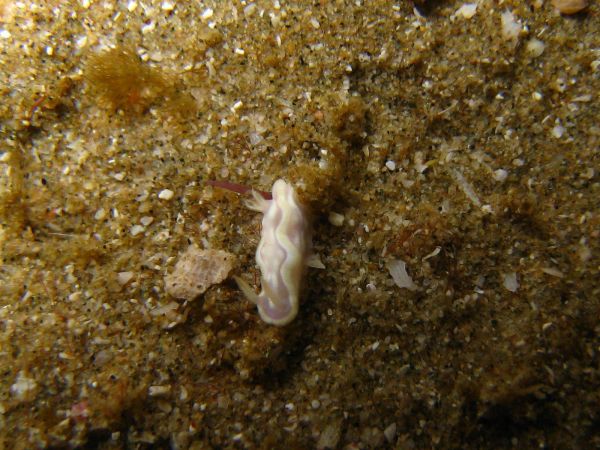
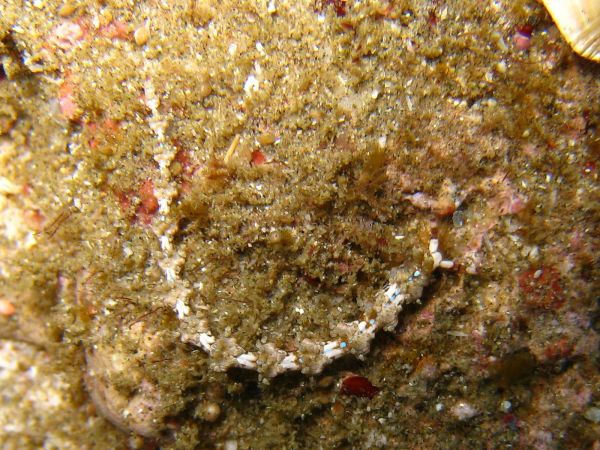
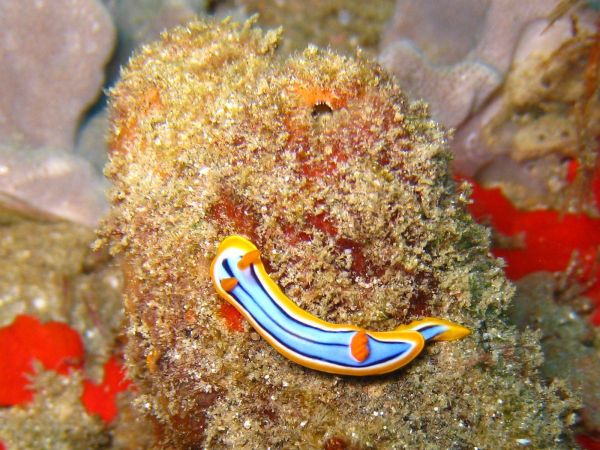
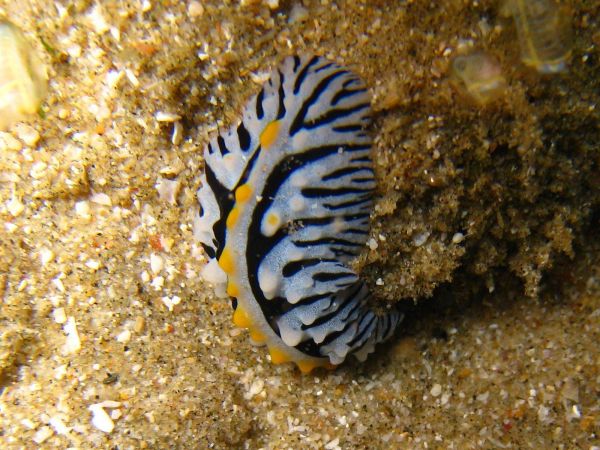
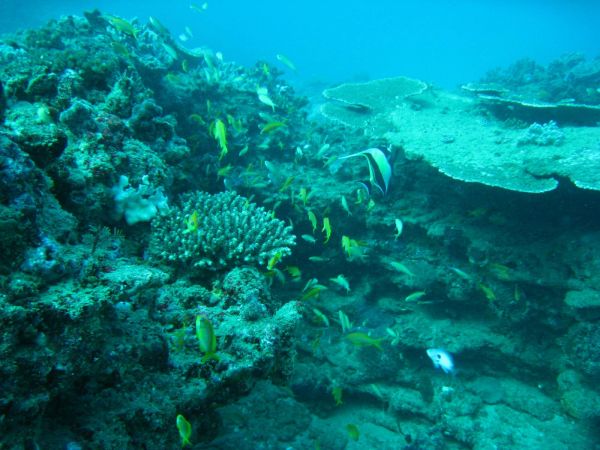
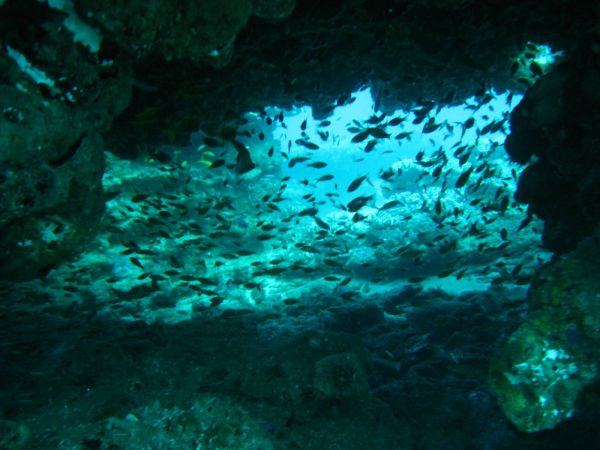
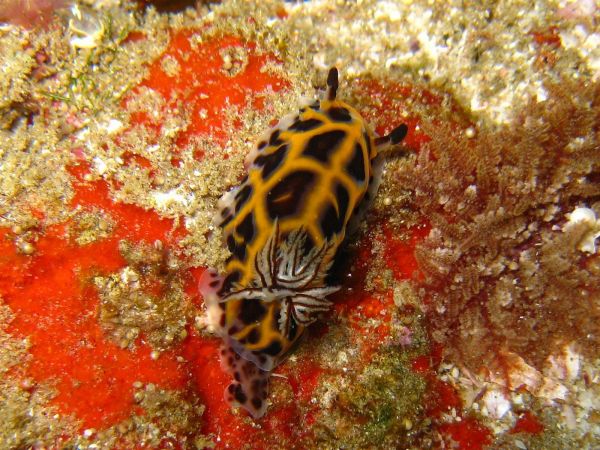
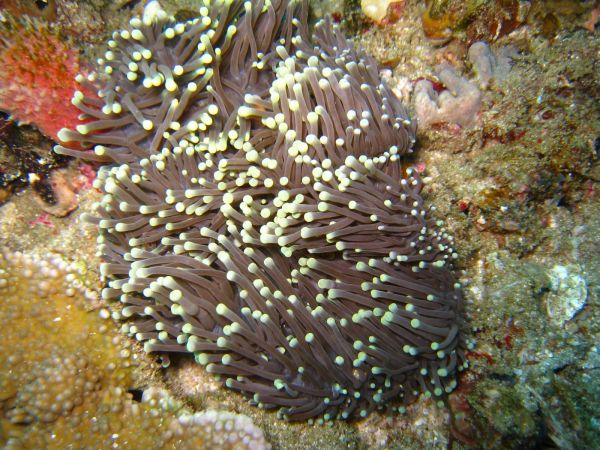
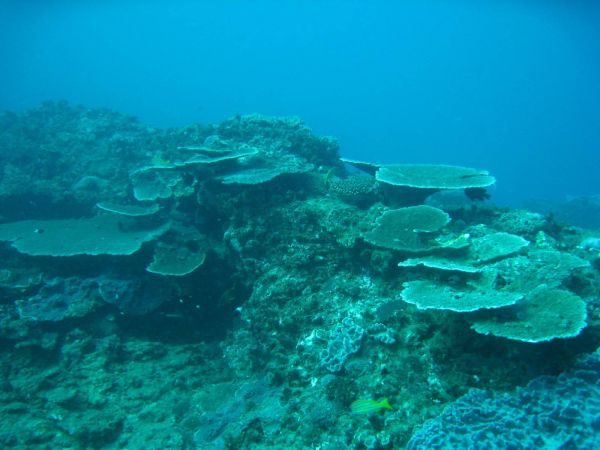
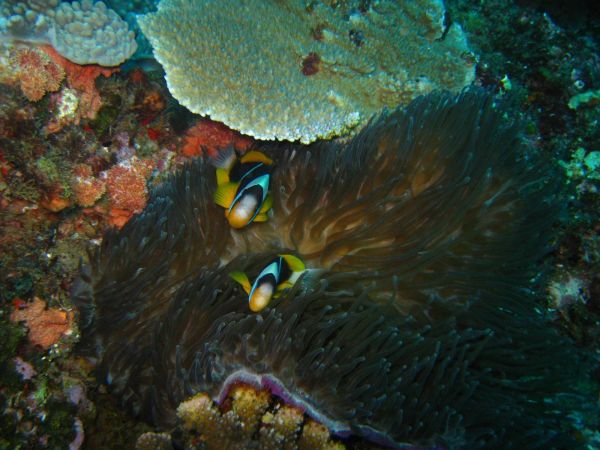
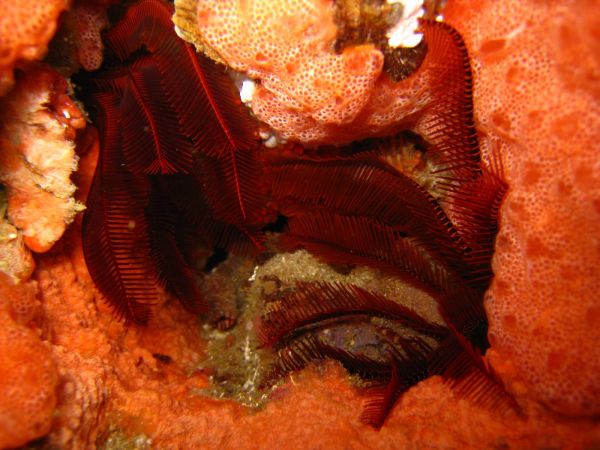
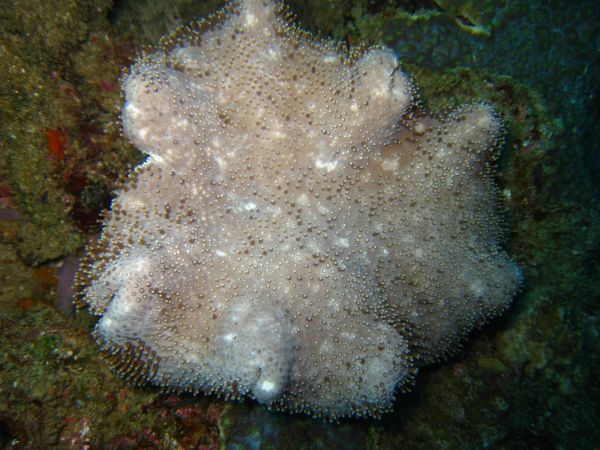

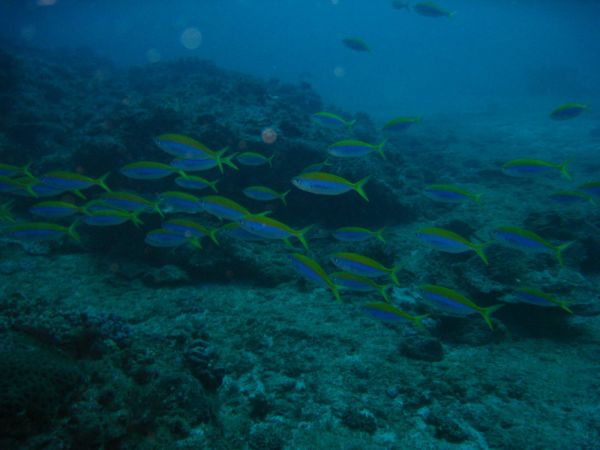
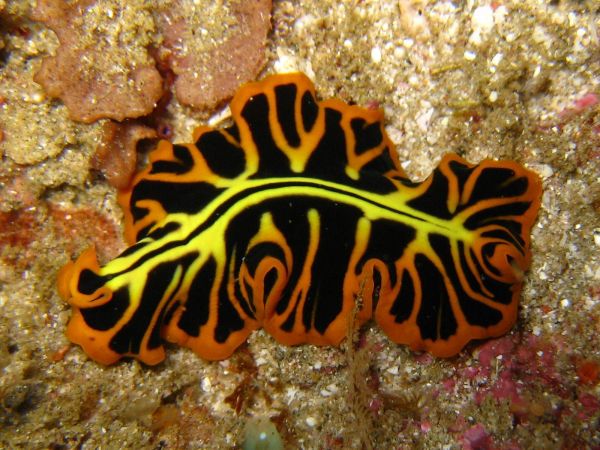
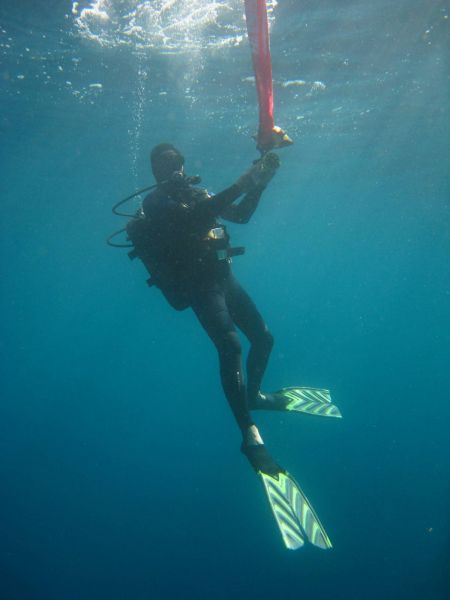

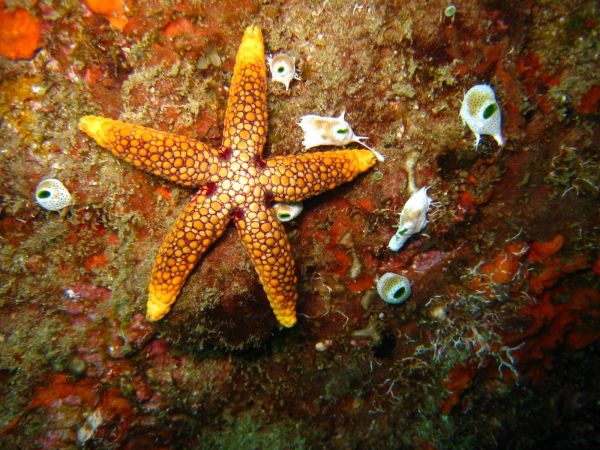
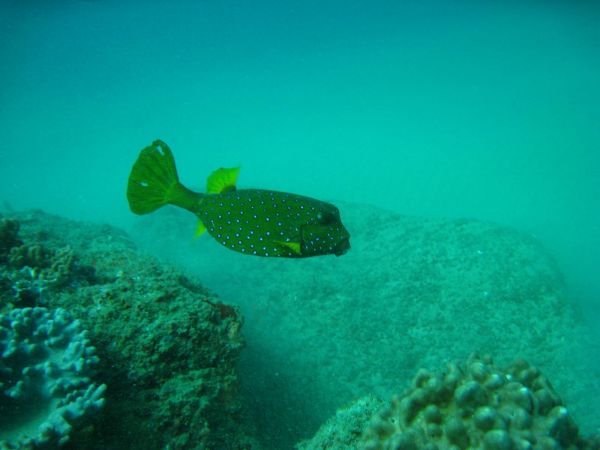
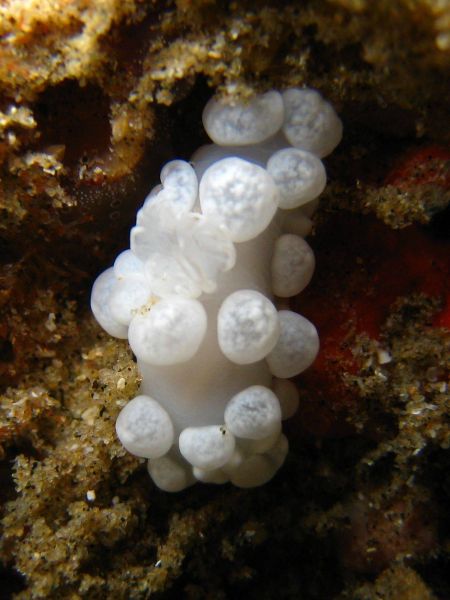
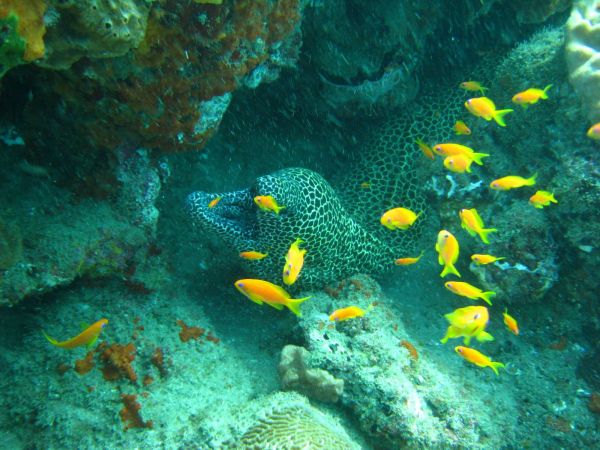
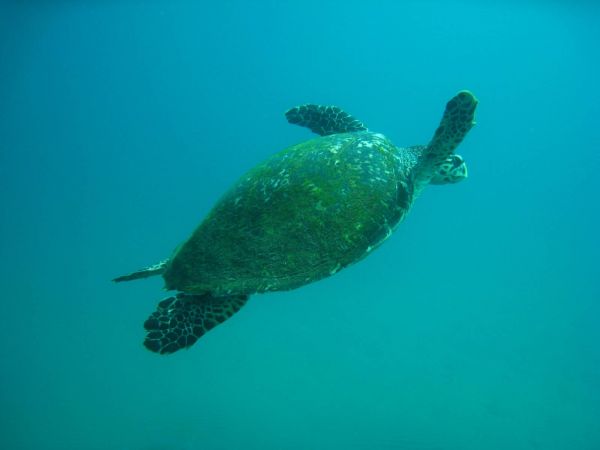
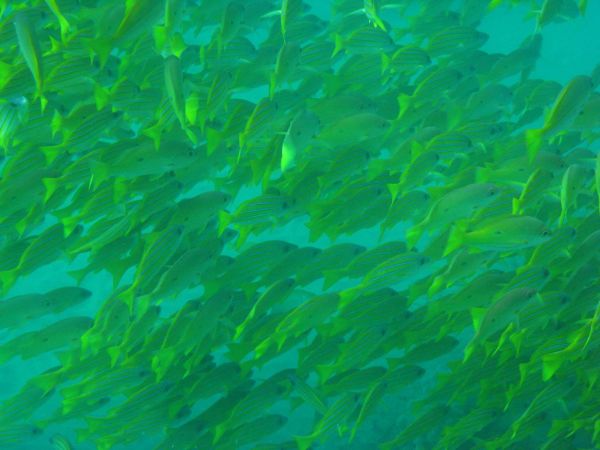
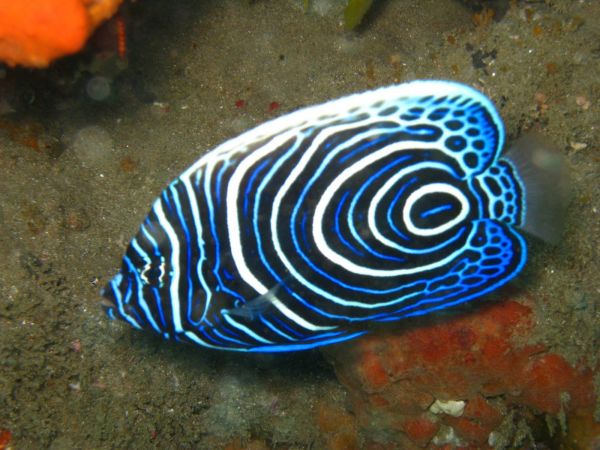
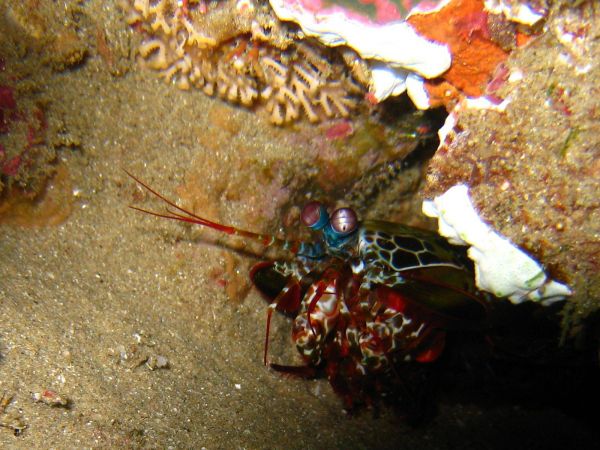
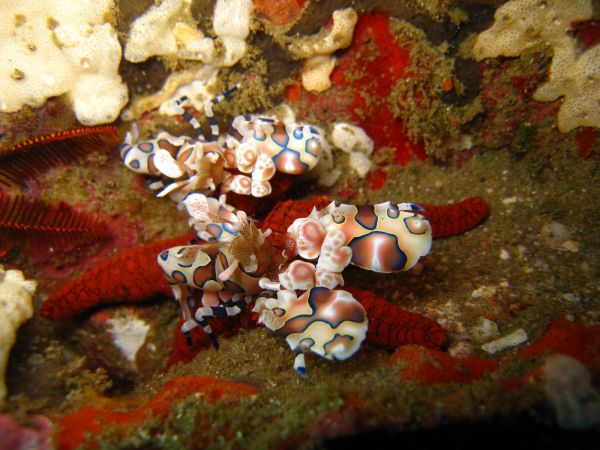

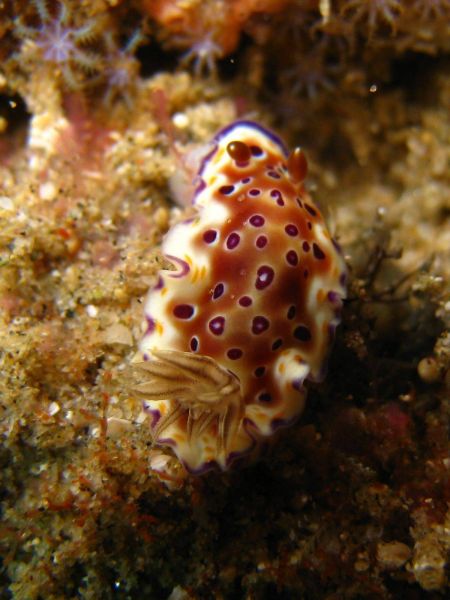



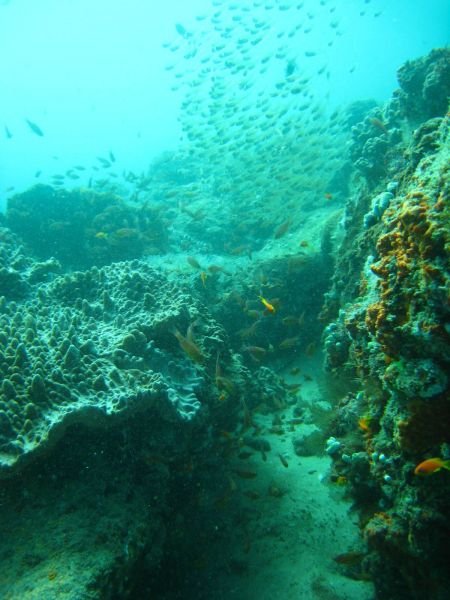

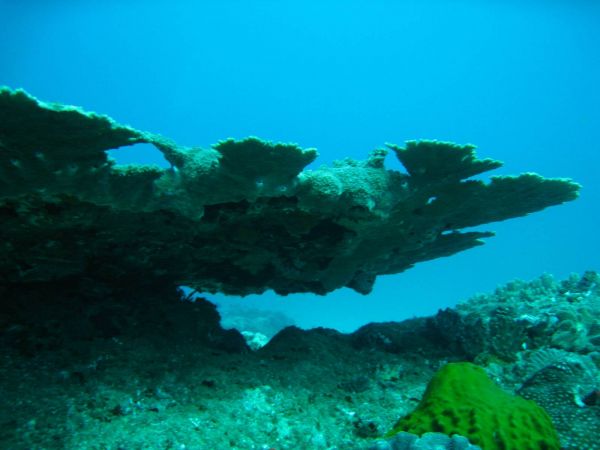
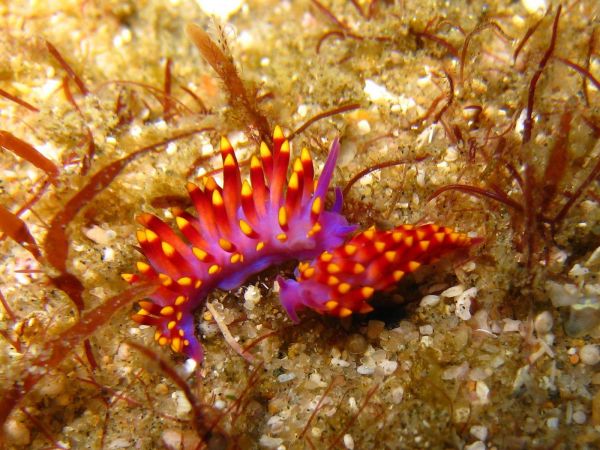

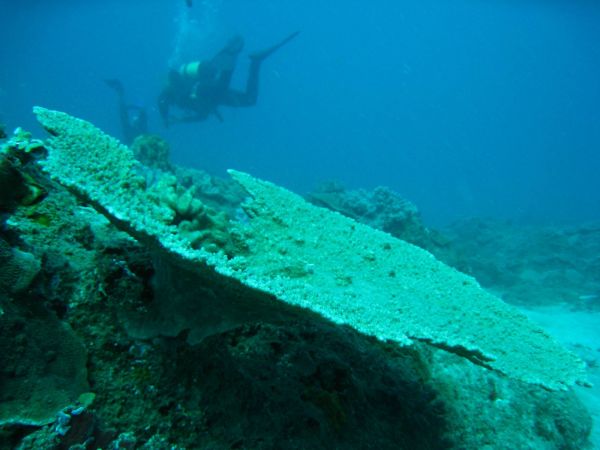
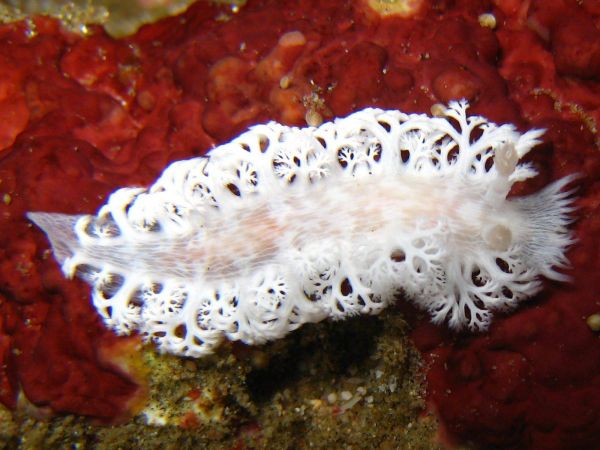
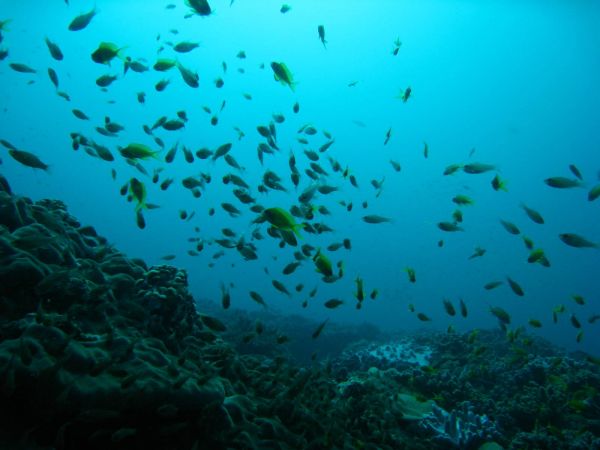
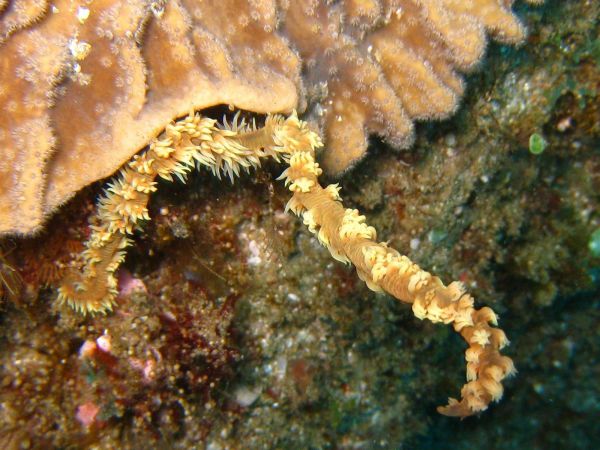
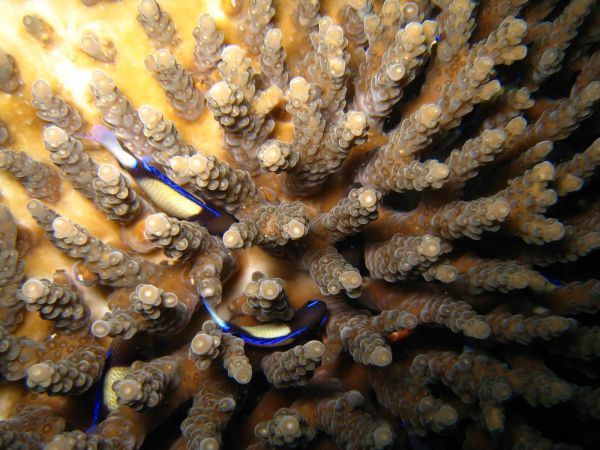
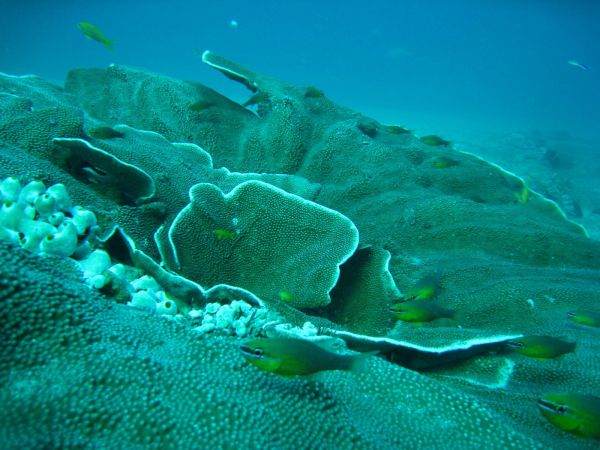
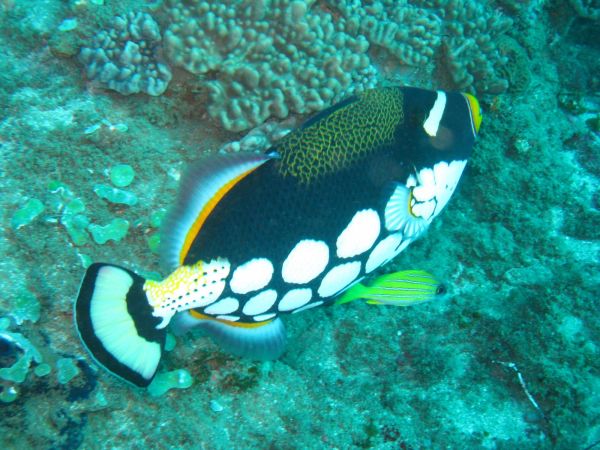
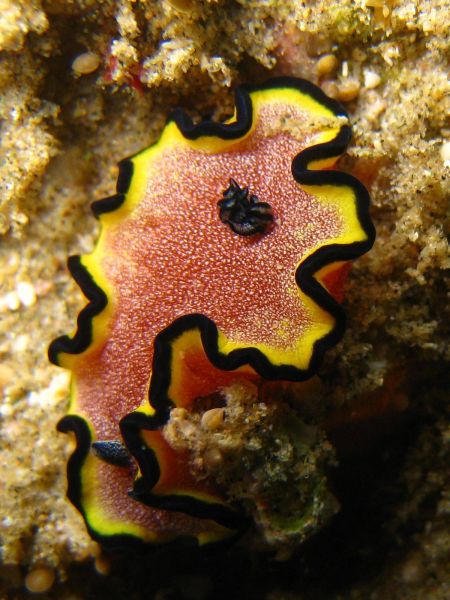

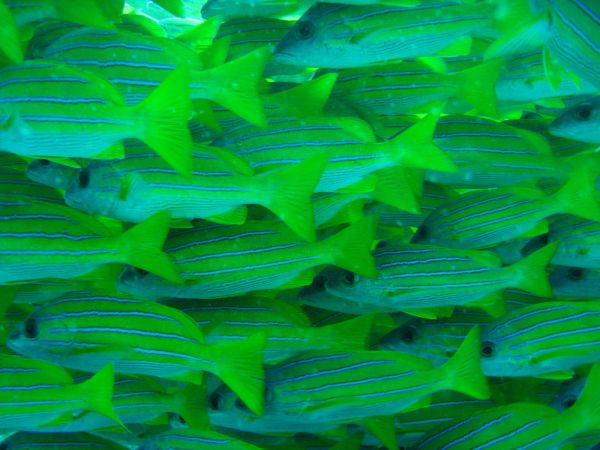
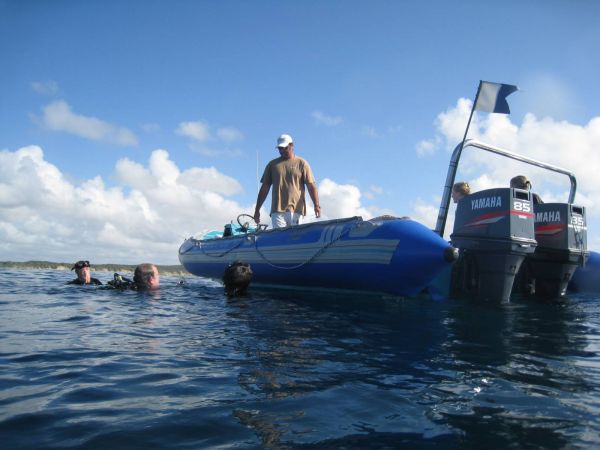
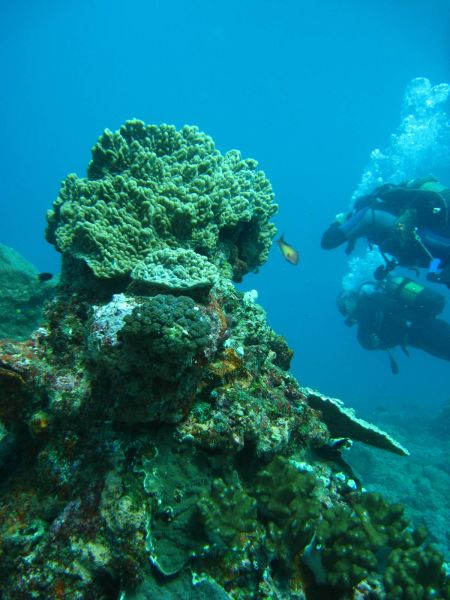

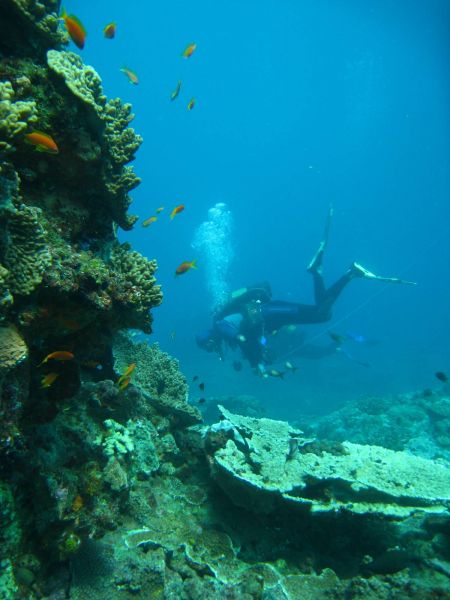
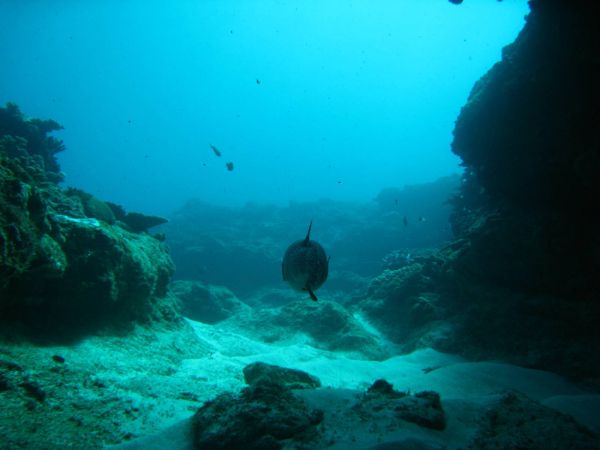
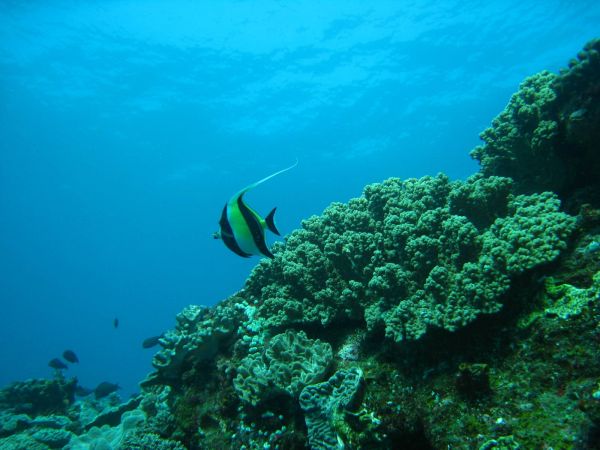
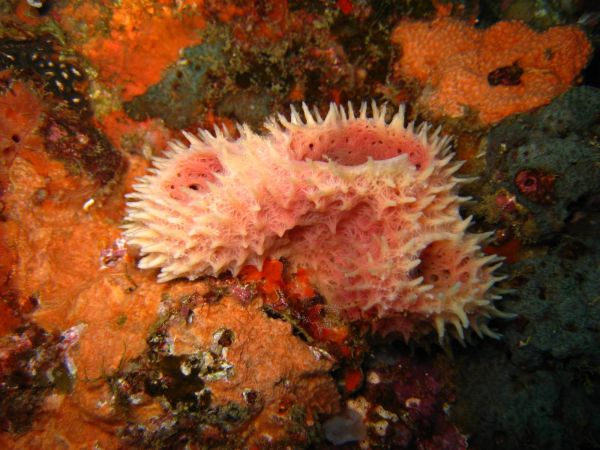


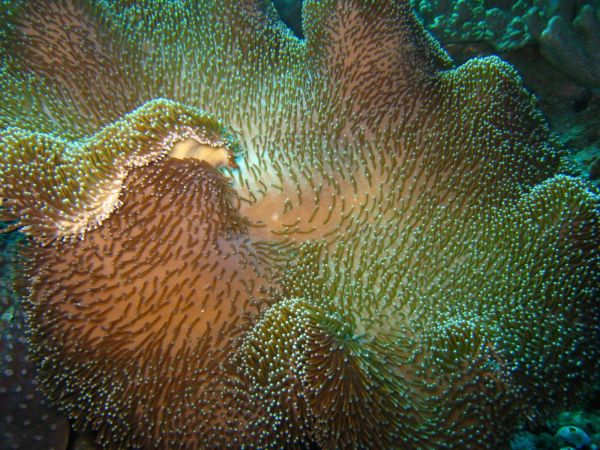


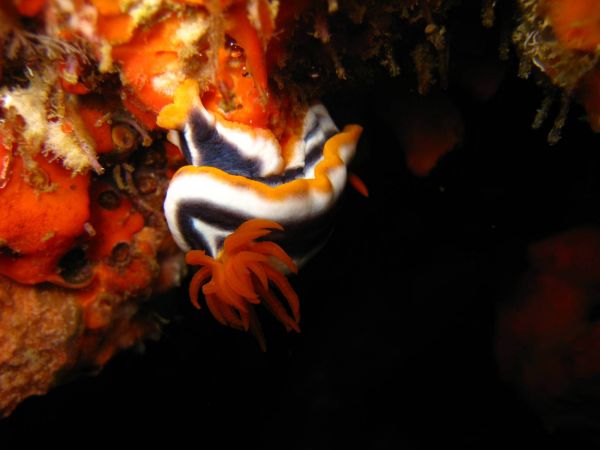
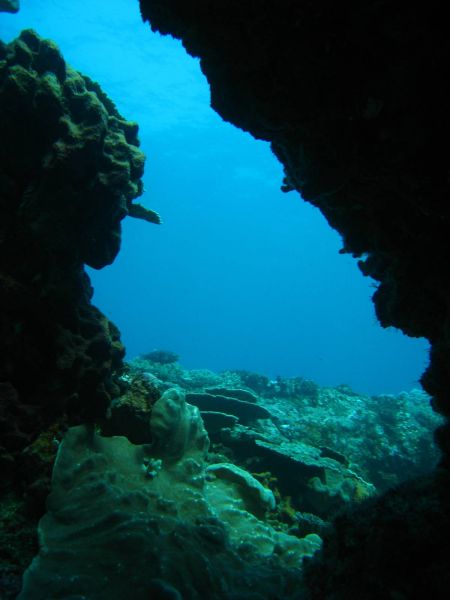
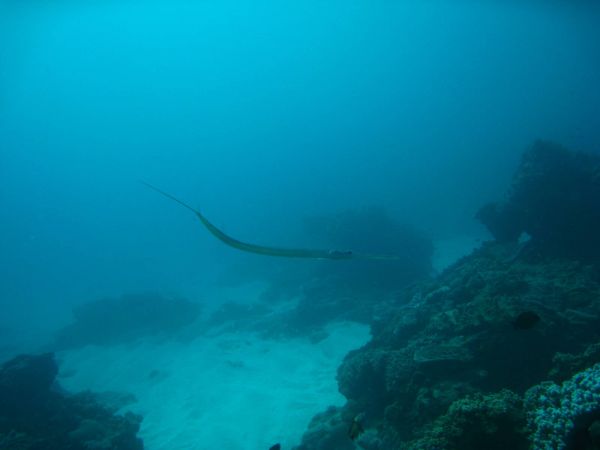
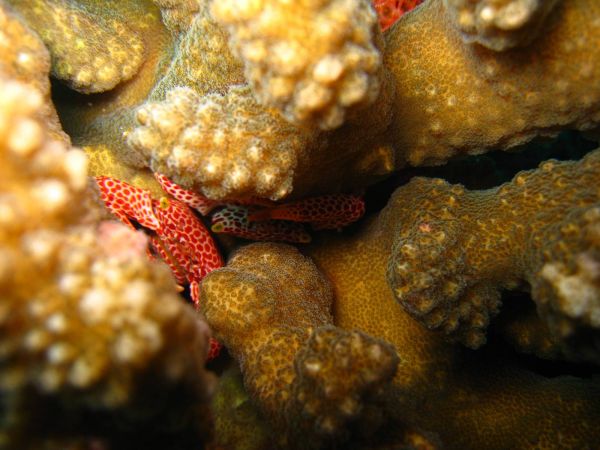
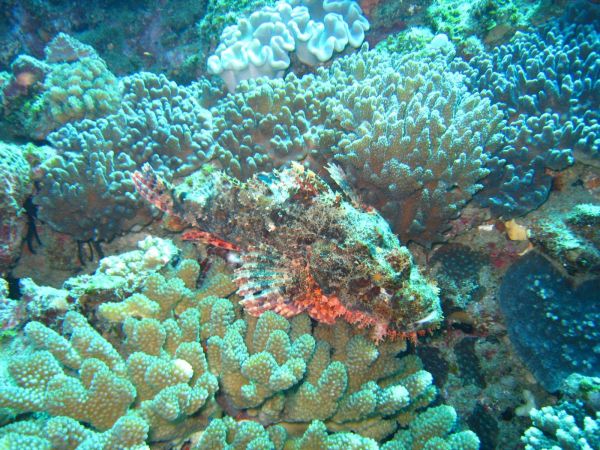

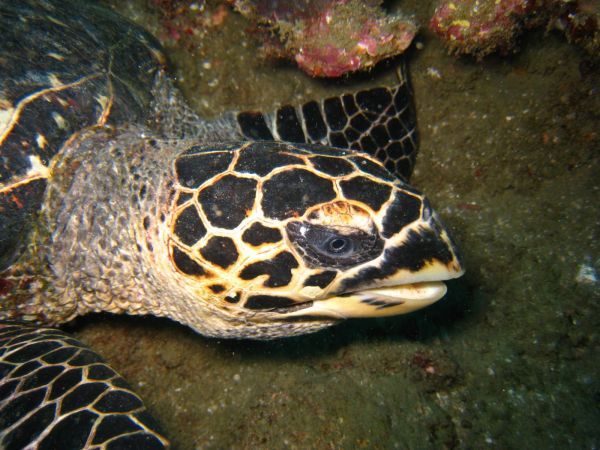
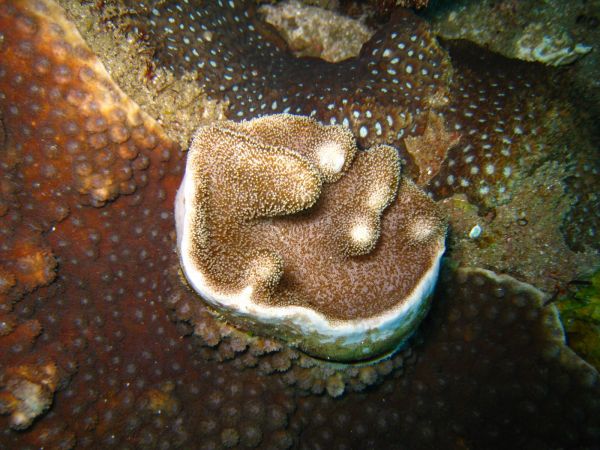
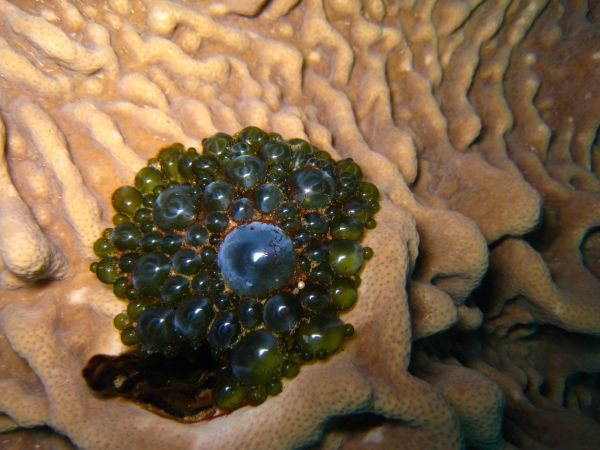
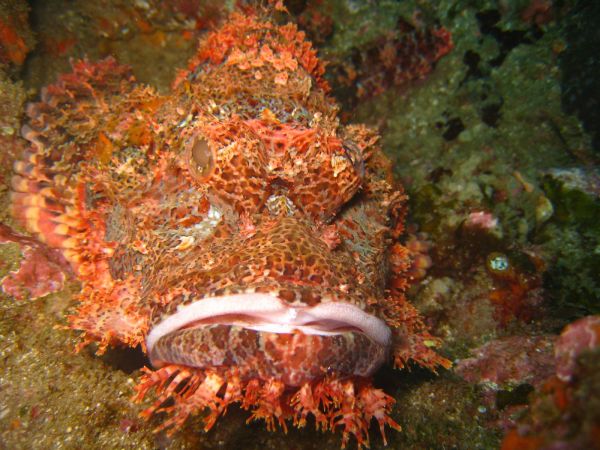


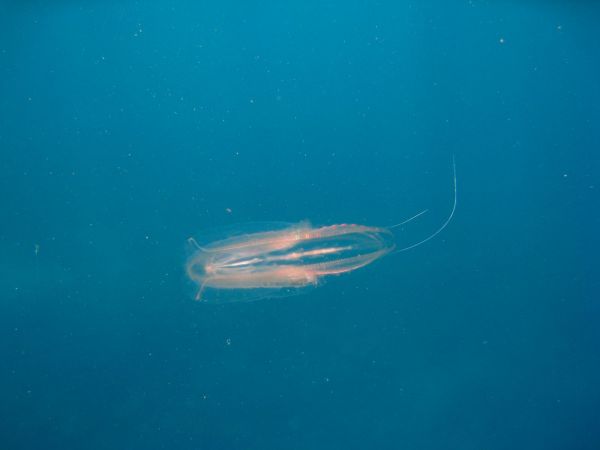

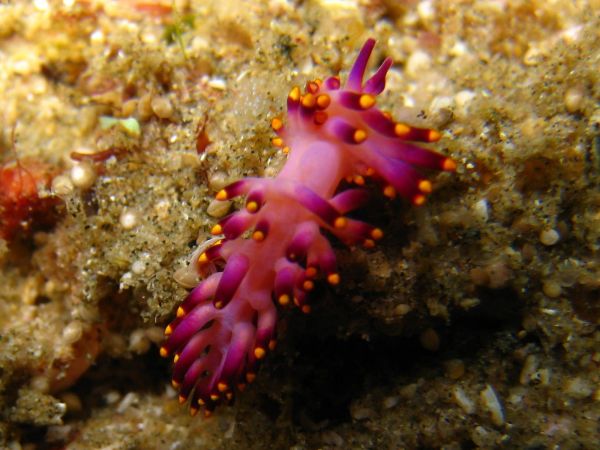
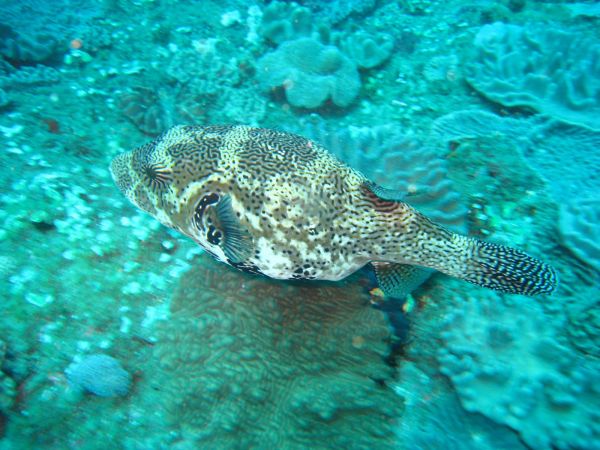
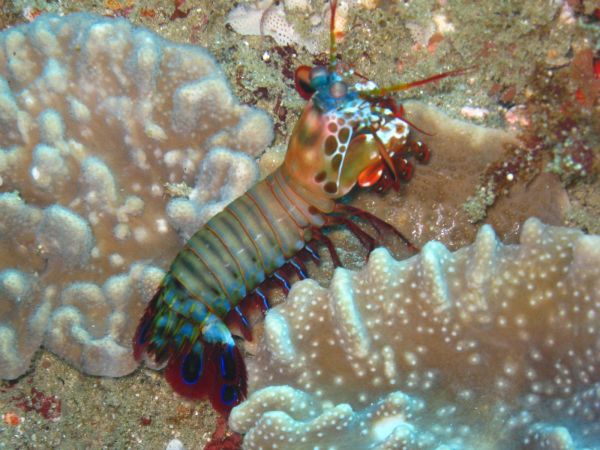
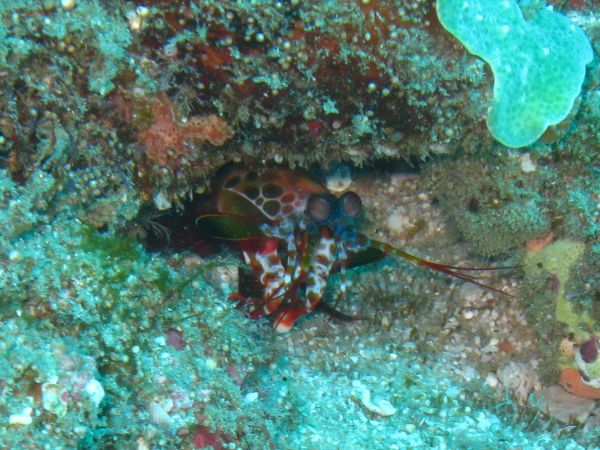


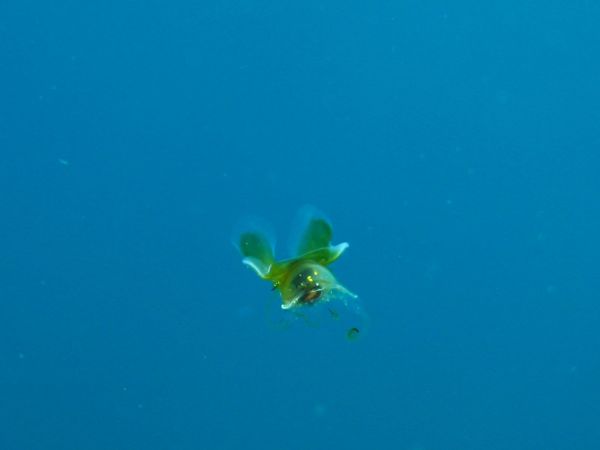
Keyword - good humour -
Thursday 24 July 2008
the magical reef of Sodwana Bay
By dorian on Thursday 24 July 2008, 20:53 - RTW2-South Africa
Thursday 10 July 2008
Flying over the Okavango delta
By dorian on Thursday 10 July 2008, 18:59 - RTW2-Botswana
To perfect our visit of the Okavango area and fill in this urge of contemplating the animals from above, we book an one-hour flight over the delta. An interesting way to understand this aquatic maze which snakes through the plain. A special moment with elephants and hippopotamuses.






Thursday 3 July 2008
At the kingdom of Etosha
By dorian on Thursday 3 July 2008, 19:13 - RTW2-Namibia

The Waterberg created this gentle transition toward the animal kingdom. Because “Africa” rhymes with “Odysseys of wild animals”. For mammals, birds or reptiles, one of their shrines is called Etosha and roosts at the north of Namibia. This vast park gathers various habitats and encompasses the Etosha pan which gave it the name.
The sun timidly rises on the horizon, an excitement shakes us when we get in the park. It's the east entrance of Namutoni. The cameras, out of their cases, are ready to capture the slightest manifestation of wildlife. We will have only waited for about one hundred meters. A giraffe crosses the road to tear some acacias up. First view of Etosha. A youthful dream.
The opportunity to watch animals is concentrated on the waterholes. And the game consists in being at the right water point at the right moment. The first one, a tuft of grass in the middle of an aquatic ring. We stop the engine and wait. We scan the horizon and whisper about what we think to see. A hyena, head down, walks in the distance. A jackal goes near and step around the pond. A springbok gazes at itself. The discovery is progressive. The joy is constant. Each species takes part in this ecosystem. Wildebeests graze alongside the track among high grass.
The animals relentlessly follow on. We don't take off our cameras any more and our 6 eyes leap from a bush to a branch before going again to the horizon line. Sometimes multicoloured birds, twisted antlers of kudus or throng of gemsboks ; sometimes a giraffe behind a shrub which winks at us. We remain speechless, the smile screwed on our lips.

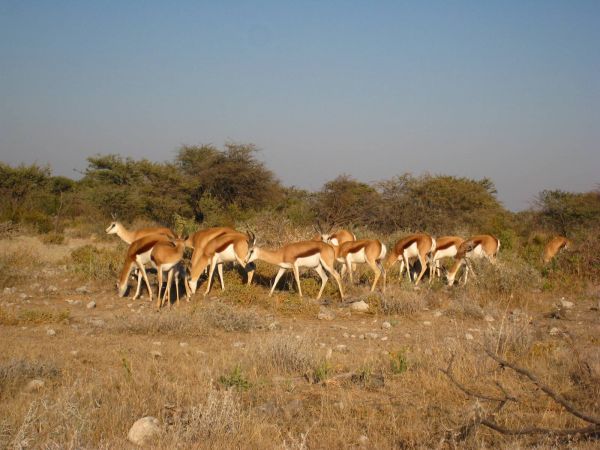











Another mythical animal comes on. A characteristic blotchiness. A horse-like body that seems familiar to us. A tribe of zebras comes to drink between two palm trees. A few meters beside, a giraffe, in an unpleasant position, shares this stock of vital liquid.
The zebras leave back and we take again the road. We drive on the giraffes' land. Long necks appear on the horizon. An elephant slowly passes. With a heavy step, it heads for the waterhole. We crawl along and the long spotted necks keeps on swinging, not synchronized with the rest of the body. Concert of colours and movements which engraves on our pupils.
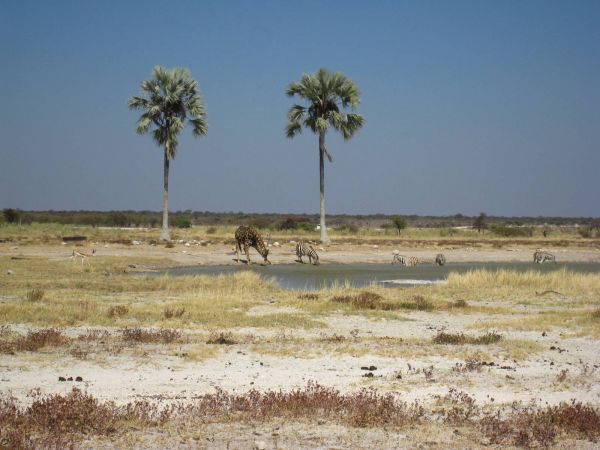
















We go back to the Halali campsite, one of the 3 campsites nestled in the park. We remain in the cocoon. At the bottom of the campsite, a waterhole was built. A terrace looks over the place and the Halali's dwellers come to try their luck, the eye riveted on the other side of the fence. And this first day ends in a blaze of glory with a nocturnal fight between two black rhinoceroses
Happy to hear the alarm-clock which resounds at 6 o'clock in the morning. The call of savannah rang out. We wait for the opening of the campsite gate and dash off to the first waterhole. Zebras and springboks share our everyday life. An elephant gives itself a shower of dust. We recite the lessons of the day before. All this diversity of animals prints our retina. We sail from a water point to another one. At the sunset, a herd of about thirty elephants reserved the pond. The colossuses play and delight us.







Our third day in Etosha starts facing a lion. One of the “big five” - subjective ranking of the 5 most dangerous animals. The lion, for its exceptional ability to attack its prey; the leopard for its camouflage ability among the high grass or at the top of a tree and its ability to swoop down on its prey; the black rhinoceros for its unpredictable mood and its ability to blindly charge at its enemy; the elephant for its prodigious ability to smash whatever faces it when it feels in danger and; the buffalo, perhaps the most dangerous one, with an impressing faculty to turn against the predator or its attacker when it's wounded and charges at the latter with all its strength even if it had to die.
The lion stands up and walks toward us, I think it's wiser to close the window... The feline crosses the track and heads for the waterhole to quench its thirst. The king of animals drives everybody away. A few mischievous springboks graze about one hundred meters away. The profusion of animals continues, zebras, gemsboks, wildebeests, ostriches, hornbills, secretary birds, kudus come to the water point in ever-greater number.


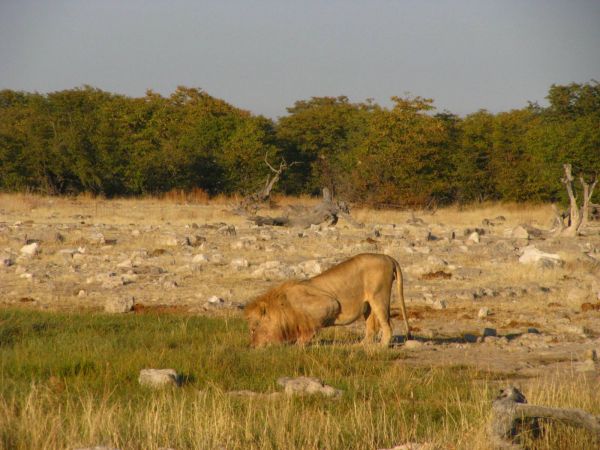








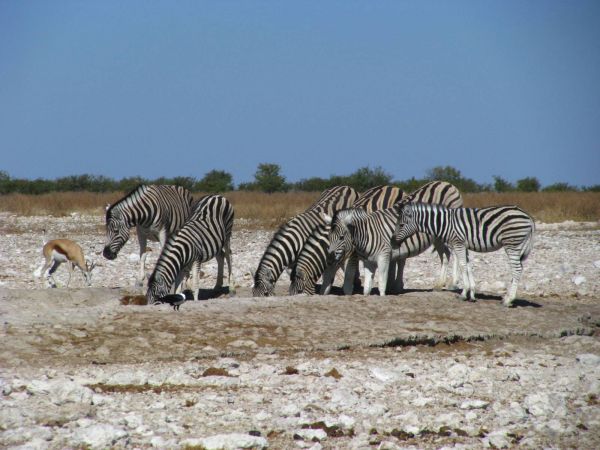




A couple of mongooses and a squirrels family accompany our last hour in the park. Small animals, full of vivacity before driving back to say goodbye to the master of the mammals, the elephant.








Un combat d'éléphants en guise de bouquet final...
We get out of the park for some new adventures. But something indescribable remains. A blend of husky cries, pied colours, rolling gaits, graceful flights and savannah smells.
« previous entries - page 6 of 13 - next entries »
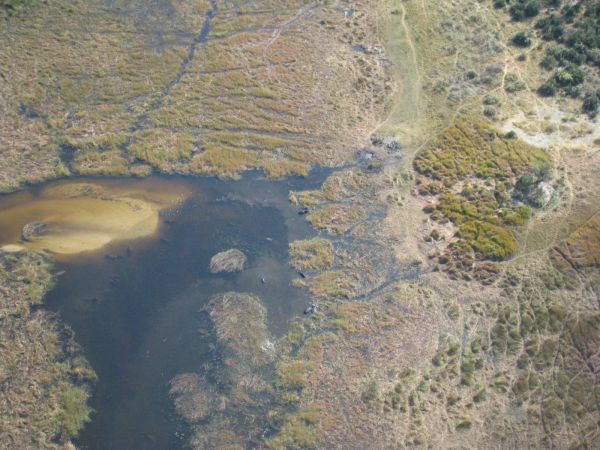













 visits
visits